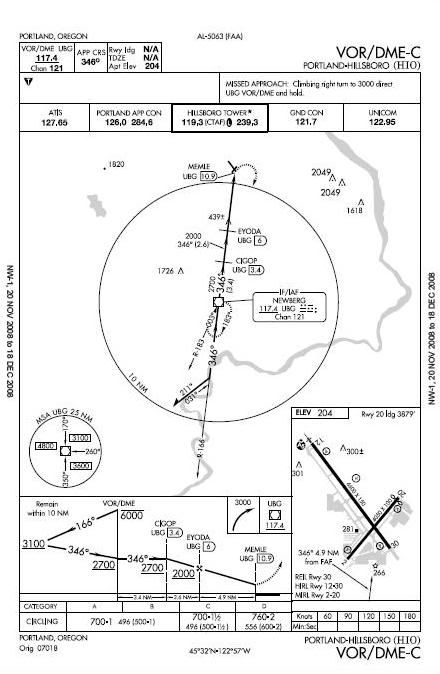But it still makes sense to have rules that are common across the board. It is easy to point out situations where those rules may not make sense to you, but you still have to remember that the rules need to be established to keep everyone safe. They need to be applied consistently, and they need to be designed to an over-riding set of constraints that keep all users safe. I have not looked at the example(s) that you give, but I'm willing to assume that there is some set of criteria in TERPS that kept them from designating a NoPT area, and that just because it is probably safe for most users, doesn't mean the rule shouldn't exist, nor should it be disregarded lightly.
Edit to add: be very careful about assuming that you know more than the people that design approaches. That is not a good road to travel.

